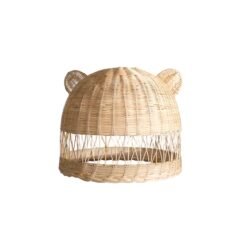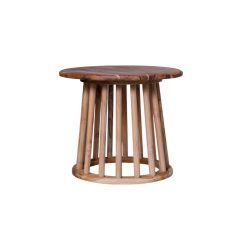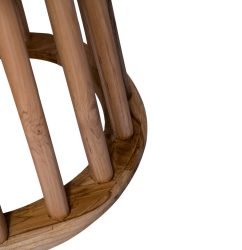1. Introduction: Nature Meets Craftsmanship
Rattan furniture represents the perfect harmony between nature and human creativity. Known for its strength, flexibility, and sustainability, rattan has become one of Indonesia’s most valuable natural materials — especially for export furniture.
Behind every handmade chair, table, or lamp is a meticulous production process that transforms raw vines from tropical forests into elegant, durable, and eco-friendly furniture pieces.
2. Step 1 – Harvesting the Raw Rattan
The journey begins deep in the forests of Kalimantan, Sulawesi, and Sumatra, where rattan grows naturally as a climbing vine.
Local harvesters cut mature canes by hand, ensuring that younger shoots are left untouched to preserve forest regeneration. The collected rattan is bundled and transported to processing centers for cleaning and sorting.
This stage emphasizes sustainability, as responsible harvesting keeps Indonesia’s rattan supply renewable for generations to come.
3. Step 2 – Cleaning, Drying, and Smoking
Once harvested, the raw canes undergo several stages of preparation:
- Cleaning: The outer skin and dirt are removed.
- Drying: Canes are sun-dried to reduce moisture and prevent mold.
- Smoking: Traditionally, rattan is smoked with sulfur to enhance color uniformity and resistance to pests.
This natural treatment gives rattan its signature golden hue and long-lasting durability.
4. Step 3 – Sorting and Grading
After drying, the rattan is carefully sorted by diameter, length, and quality.
Thicker, stronger poles are used for furniture frames, while thinner ones are cut into core and peel materials for weaving. Grading is crucial — only high-quality rattan can ensure stability, strength, and a flawless finish in the final product.
5. Step 4 – Frame Construction
In workshops and factories, skilled artisans shape the rattan poles into frames using heat to bend and curve the material.
Each joint is secured with screws, nails, or natural bindings, and then wrapped with thin rattan strips for added strength and beauty. This step defines the structure and ergonomic design of the furniture piece — whether it’s a chair, sofa, or daybed.
6. Step 5 – Weaving and Detailing
Once the frame is complete, artisans begin the most recognizable part of rattan furniture: the weaving process.
Different weaving styles — such as open weave, honeycomb, or close basket — are chosen according to design and function. The process can take hours or even days for a single piece, depending on its complexity.
This is where Indonesian craftsmanship truly shines: each weave is handmade, creating subtle variations that make every product unique.
7. Step 6 – Sanding, Coloring, and Finishing
After weaving, the furniture is sanded smoothly to remove imperfections.
Then it’s colored using water-based stains or natural lacquers, giving the surface a rich tone while maintaining its organic look. Finally, a layer of protective coating (matte or glossy) ensures resistance to humidity, sunlight, and daily use.
This stage transforms raw natural material into a polished, market-ready product.
8. Step 7 – Quality Control and Packaging
Before export, each piece undergoes a strict quality control process to check strength, balance, weaving tension, and finish consistency.
Only furniture that meets international standards proceeds to the final stage — packaging.
Eco-friendly materials such as recycled paper and minimal plastic wrapping are used to protect the items during global shipping.
9. Conclusion: From Forest to Home
The rattan furniture manufacturing process is a true testament to Indonesia’s craftsmanship, sustainability, and innovation.
From harvesting in tropical forests to hand-weaving in local workshops, every step reflects care for both people and the planet.
That is why companies like CV Aksata Funricraft continue to bring Indonesian rattan furniture to homes, resorts, and design projects worldwide — celebrating eco-luxury born from tradition.





